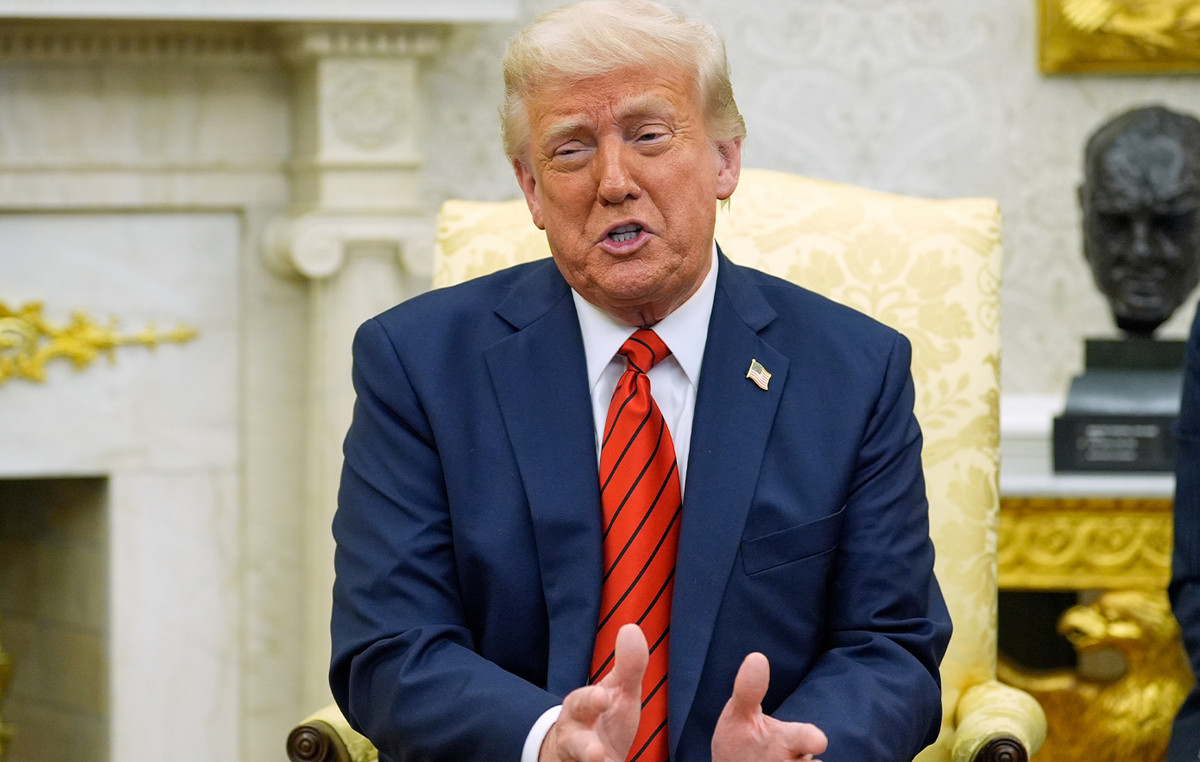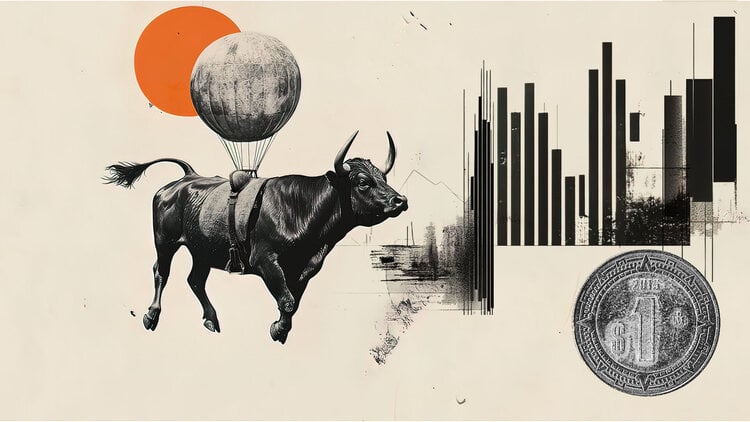- USD/MXN falls to new lows since June 6 at 17.70.
- US dollar plunges to one-month low as chances of first Federal Reserve rate cut in September rise
- Annual inflation moderates to 3% in June compared to the 3.1% expected by the market.
The USD/MXN has declined from an intraday high of 17.88 to a fresh five-week low of 17.70 immediately after US June inflation came in below forecasts. The pair is now trading above 17.76, losing 0.42% so far on Thursday.
Dollar falls to lowest level in a month as chances of Fed rate cut in September rise
The US Consumer Price Index (CPI) has eased by three-tenths of a point in the year-on-year reading for June, standing at 3% compared to 3.3% in May, its lowest level for a year, according to the Labor Department. The figure is better than the 3.1% expected by the market. Monthly inflation has fallen by 0.1% from 0% in the previous month, below the 0.1% increase expected by experts.
The core CPI, which excludes food and energy, stood at 3.3% compared to the previous and estimated 3.4%. This is its lowest level since April 2021. The monthly indicator grew by 0.1%, below the previous 0.2%. The consensus estimated that growth would remain at 0.2%.
The Dollar Index (DXY) has plummeted on the newsfalling from around 104.90 to 104.07, a new low since June 7.
The sharp decline in the dollar following the softening of inflation gives the US Federal Reserve reasons to make its first rate cut of the year at its meeting in September. The FedWatch tool estimated the chances of such a cut at 78% immediately after the publication, when yesterday it was below 72%.
Following today’s data, USD/MXN traders will digest the news in the coming hours awaiting the release of the Banxico minutes from the June meeting. If the minutes indicate that Banxico’s stance will be more restrictive than that of the Fed, the Mexican peso could continue to gain ground.
Tomorrow, Friday, the focus will be on the US producer price inflation (PPI) for June, which is expected to rise by one-tenth in the annual headline reading, to 2.3%, and two in the core reading, to 2.5%. Also expected is the University of Michigan’s consumer sentiment index for July, estimating a preliminary reading of 68.5 compared to 68.2 in June.
Mexico, for its part, will publish its industrial production indicator for May on the last working day of the week. The consensus expects an annual increase of 1.2% after the 5.1% rise in April.
USD/MXN Price Levels
After eight consecutive days of lower lows, the next support awaits at the 100 moving average on the daily chart at 17.21. Below that, the 17.00 zone awaits before seeing a stronger pullback towards 16.52, the low of May 21 and the last nine years.
On the upside, initial resistance awaits at the 18.00 area before running into a major barrier around 18.50, where the July high recorded on the 2nd is located.
US Dollar FAQs
The United States Dollar (USD) is the official currency of the United States of America, and the de facto currency of a significant number of other countries where it is in circulation alongside local banknotes. As of 2022, it is the most traded currency in the world, accounting for over 88% of all global foreign exchange transactions, equivalent to an average of $6.6 trillion in daily transactions. Following World War II, the USD took over from the British Pound as the world’s reserve currency.
The single most important factor influencing the value of the US dollar is monetary policy, which is determined by the Federal Reserve (Fed). The Fed has two mandates: to achieve price stability (control inflation) and to promote full employment. Its main tool for achieving these two goals is to adjust interest rates. When prices rise too quickly and inflation exceeds the Fed’s 2% target, the Fed raises rates, which helps the dollar. When inflation falls below 2% or the unemployment rate is too high, the Fed can lower interest rates, which weighs on the dollar.
In extreme situations, the Federal Reserve can also print more dollars and enact quantitative easing (QE). QE is the process by which the Fed substantially increases the flow of credit in a jammed financial system. It is an unconventional policy measure used when credit has dried up because banks are not lending to each other (for fear of counterparty default). It is a last resort when simply lowering interest rates is unlikely to achieve the necessary result. It was the Fed’s weapon of choice to combat the credit crunch that occurred during the Great Financial Crisis of 2008. It involves the Fed printing more dollars and using them to buy US government bonds, primarily from financial institutions. QE typically leads to a weakening of the US dollar.
Quantitative tightening (QT) is the reverse process whereby the Federal Reserve stops buying bonds from financial institutions and does not reinvest the principal of maturing securities in new purchases. It is generally positive for the US dollar.
Source: Fx Street
I am Joshua Winder, a senior-level journalist and editor at World Stock Market. I specialize in covering news related to the stock market and economic trends. With more than 8 years of experience in this field, I have become an expert in financial reporting.







